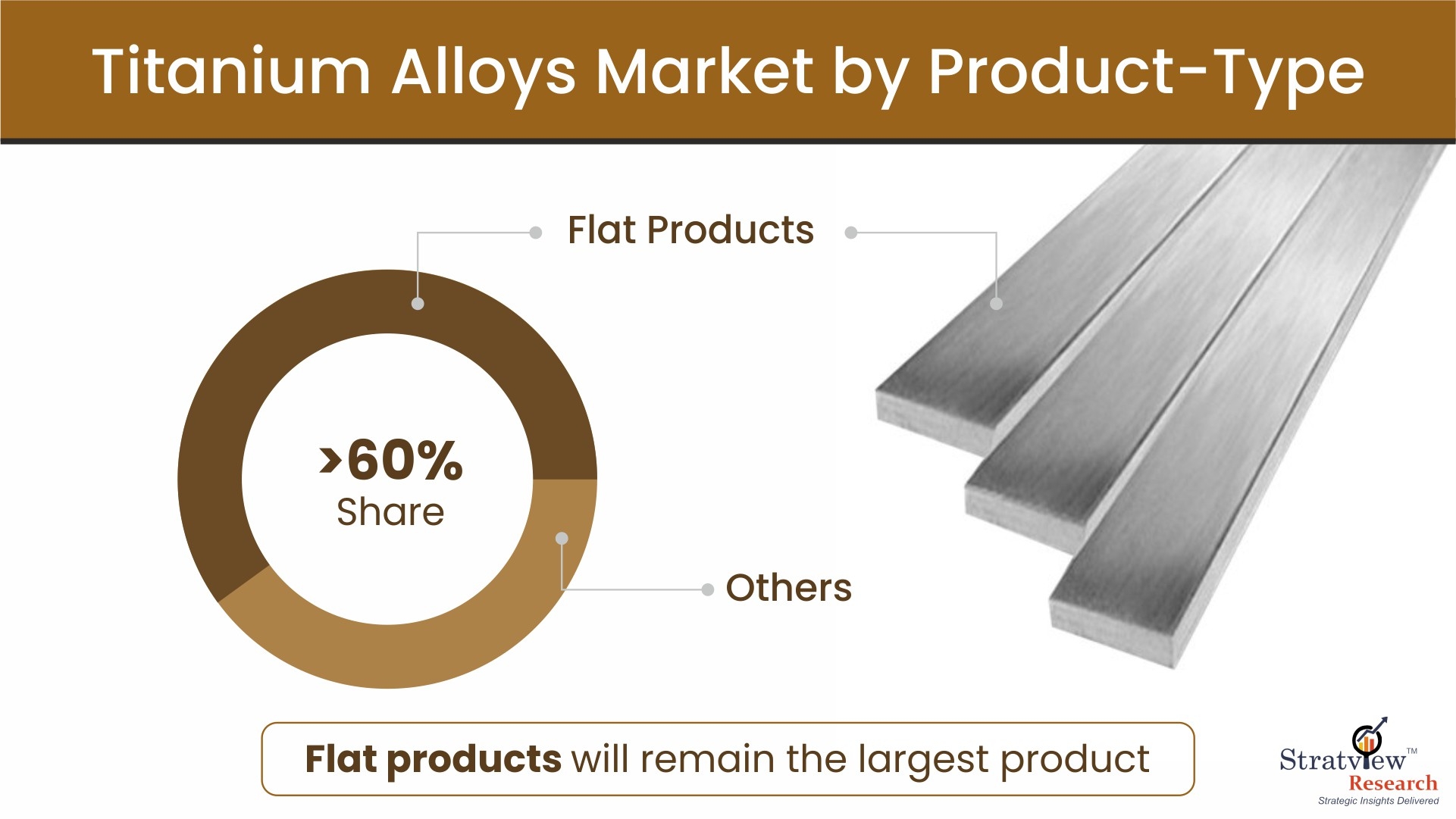Titanium Alloys Market Forecast: What to Expect in the Next Decade?

The titanium alloys market is set for significant growth over the next decade, driven by increasing demand across industries such as aerospace, automotive, medical, and energy. The high strength-to-weight ratio, corrosion resistance, and biocompatibility of titanium alloys make them a preferred material for advanced applications. This article explores the key trends, challenges, and growth expectations shaping the titanium alloys market forecast for the coming years.
Market Growth Projections
According to Stratview Research, the titanium alloys market is estimated to grow at a moderate CAGR of 4.9% 2023-2028 to reach USD 9 billion in 2028. This growth is fueled by:
- Rising aircraft production and increasing demand for fuel-efficient aerospace components.
- Expansion of medical implants and prosthetics due to an aging population.
- Growing adoption in electric vehicles (EVs) and lightweight automotive designs.
- Advancements in 3D printing technologies enhancing manufacturing efficiency.
Key Industry Drivers
1. Aerospace and Defense Expansion: The aviation sector remains the largest consumer of titanium alloys, using them for:
- Aircraft fuselage and engines, improving fuel efficiency and durability.
- Military applications, including armor plating and missile components.
- Space exploration, where lightweight and high-strength materials are crucial.
With increasing aircraft orders and space travel advancements, the aerospace sector will continue to drive market growth.
2. Medical Advancements: Titanium alloys are extensively used in orthopedic implants, dental implants, and surgical instruments due to their biocompatibility and strength. The global healthcare sector's growth will contribute significantly to demand.
3. Automotive Industry Shift to Lightweight Materials: The push for fuel-efficient vehicles and EVs is leading to increased use of lightweight titanium components in:
- Exhaust systems to improve performance and durability.
- Structural parts to reduce weight and enhance efficiency.
- Battery casings in electric vehicles, optimizing energy consumption.
4. Increasing Applications in Renewable Energy: Titanium alloys are gaining traction in the renewable energy sector, especially in:
- Offshore wind turbines, where corrosion resistance is essential.
- Nuclear power plants, where durability under extreme conditions is required.
- Hydrogen fuel cells, supporting clean energy initiatives.
Challenges Facing the Market: Despite positive growth, the titanium alloys industry faces challenges such as:
- High production costs, limiting affordability for some sectors.
- Supply chain disruptions, affecting raw material availability.
- Technological limitations, requiring further innovations to enhance affordability.
Future Outlook
The next decade will witness:
✔️ Increased research & development in cost-effective production methods.
✔️ Broader adoption of additive manufacturing (3D printing) for titanium components.
✔️ Stronger demand from emerging economies, driving global expansion.
✔️ Sustainable titanium alloy production, reducing environmental impact.
Conclusion
The titanium alloys market is set to experience robust growth in the next decade, fueled by advancements in aerospace, medical, automotive, and renewable energy sectors. While challenges exist, ongoing technological innovations and sustainability efforts will shape the future of the industry. As global industries evolve, titanium alloys will remain a key material for high-performance applications.
- Questions and Answers
- Opinion
- Motivational and Inspiring Story
- Technology
- Live and Let live
- Focus
- Geopolitics
- Military-Arms/Equipment
- Sicurezza
- Economy
- Beasts of Nations
- Machine Tools-The “Mother Industry”
- Art
- Causes
- Crafts
- Dance
- Drinks
- Film/Movie
- Fitness
- Food
- Giochi
- Gardening
- Health
- Home
- Literature
- Music
- Networking
- Altre informazioni
- Party
- Religion
- Shopping
- Sports
- Theater
- Health and Wellness
- News
- Culture

